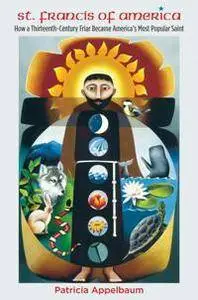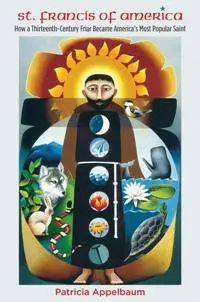St. Francis of America :
How a Thirteenth-Century Friar Became America's Most Popular Saint
by Patricia Appelbaum
English | 2015 | ISBN: 1469623749 | 287 Pages | PDF | 3.37 MB
How a Thirteenth-Century Friar Became America's Most Popular Saint
by Patricia Appelbaum
English | 2015 | ISBN: 1469623749 | 287 Pages | PDF | 3.37 MB
How did a thirteenth-century Italian friar become one of the best-loved saints in America? Around the nation today, St. Francis of Assisi is embraced as the patron saint of animals, beneficently presiding over hundreds of Blessing of the Animals services on October 4, St. Francis's Catholic feast day. Not only Catholics, however, but Protestants and other Christians, Hindus, Buddhists, Jews, and nonreligious Americans commonly name him as one of their favorite spiritual figures. Drawing on a dazzling array of art, music, drama, film, hymns, and prayers, Patricia Appelbaum explains what happened to make St. Francis so familiar and meaningful to so many Americans.
Appelbaum traces popular depictions and interpretations of St. Francis from the time when non-Catholic Americans'discovered'him in the nineteenth century to the present. From poet to activist, 1960s hippie to twenty-first-century messenger to Islam, St. Francis has been envisioned in ways that might have surprised the saint himself. Exploring how each vision of St. Francis has been shaped by its own era, Appelbaum reveals how St. Francis has played a sometimes countercultural but always aspirational role in American culture. St. Francis's American story also displays the zest with which Americans borrow, lend, and share elements of their religious lives in everyday practice.



